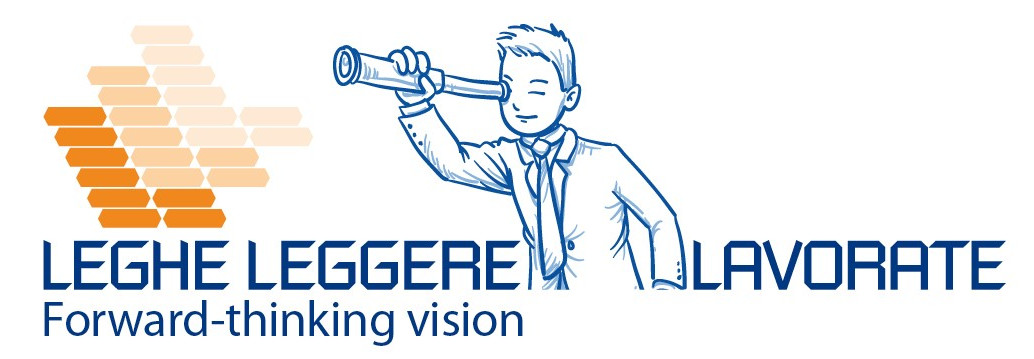- Early Innovations: Metal Wiring
- Prior to the invention of orthopedic plates, metal wiring was the go-to solution for bone fractures until around 1850.
- The ancient Greeks are believed to have pioneered the use of metal wiring for bone immobilization.
- The first recorded use of metal wiring dates back to 1755, documented in a French journal.
- However, it wasn’t until 1870 that French surgeon Laurent Berenger-Feraud wrote a groundbreaking book titled “Traité de l’immobilisation directe des fragments osseux dans les fractures” (a treatise on direct immobilization of bone fragments in fractures).
- Despite these advancements, one critical element was missing: antiseptic treatments to ensure successful implementation.
- Joseph Lister and Carl Hausmann: Pioneers of Modern Orthopedic Plates
- In 1877, British assistant surgeon Joseph Lister demonstrated the effectiveness of antiseptic techniques in orthopedic procedures.
- However, it was Carl Hausmann who made a significant breakthrough in 1886. He crafted the first successful plate using nickel sheets and screws.
- Hausmann’s ingenious design allowed for plate removal without reopening the wound site, revolutionizing orthopedic surgery.
- Materials and Biocompatibility
- Historically, orthopedic plates were made from various materials, including:
- Gold
- Ivory
- Horn
- Nickel
- Magnesium
- Copper Alloys
- Zinc Alloys
- Silver
- However, as medical science progressed, biocompatibility became a critical consideration.
- Modern orthopedic plates now utilize:
- Titanium: Known for its strength, biocompatibility, and corrosion resistance.
- Medical-Grade Steel: Offers durability and stability.
- Cobalt-Based Alloys: Used in specific cases.
- Bioceramics and Metal Composites: Tailored for specialized needs.
- Polymers: Employed in specific applications.
- Classification and Applications
- Orthopedic plates are designed based on the type of bone fracture.
- Two common classifications include:
- Protection Plates: Support locking head screws or force bone together at the fracture site. Locking head screws can be applied with the plate in place, reducing force on the fracture.
- Compression Plates: Designed to compress fractured bone fragments, aiding in healing.
- Modern Advancements
- In the 1950s, orthopedic plating techniques significantly improved. Surgeon Maurice Muller formed AO/ASIF (Association for the Study of Internal Fixation) to enhance plating methods.
- The AO’s mission was to better understand bone repair, fracture formation, and surgical techniques, leading to improved medical outcomes.
In summary, orthopedic plates represent a remarkable blend of science, engineering, and innovation—a testament to human ingenuity in the pursuit of healing and restoration.

